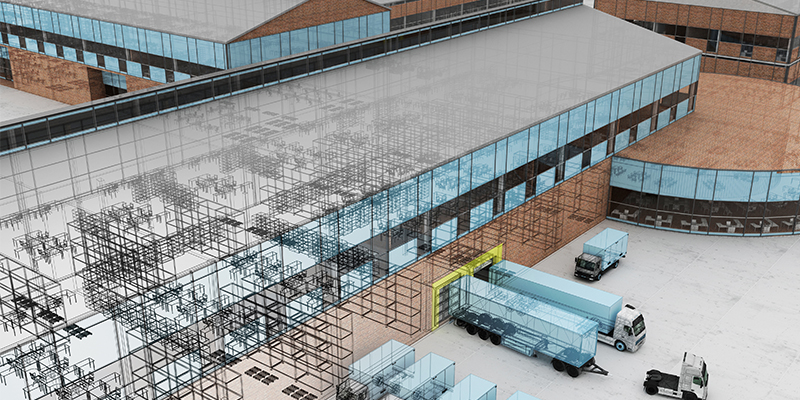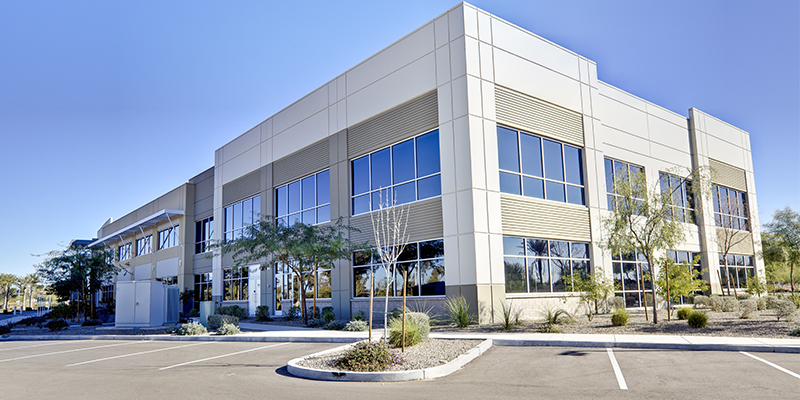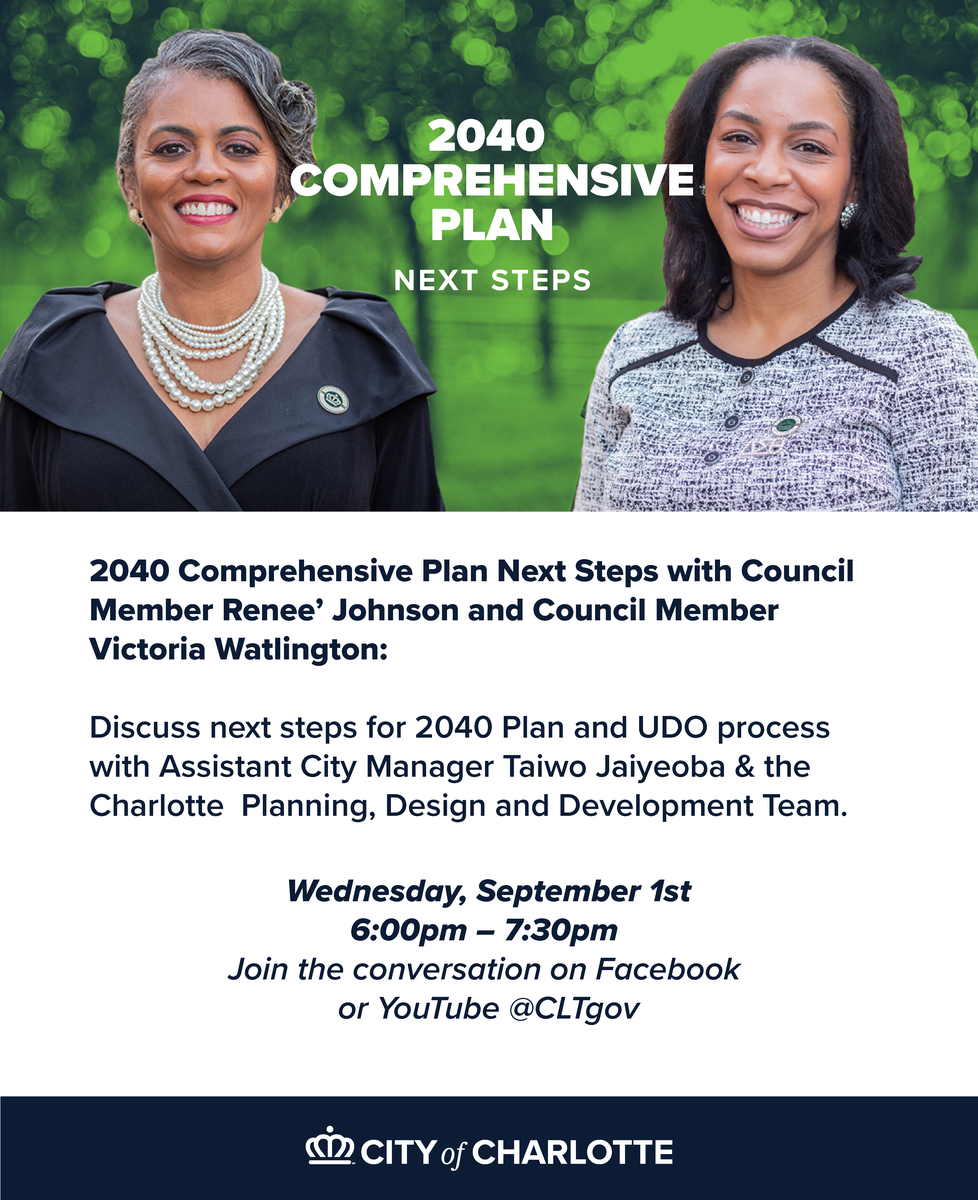originally published by Maria Sicola, Charles Warren, PhD, and Megan Weiner of CityStream Solutions, LLC and posted for NAIOP Global
In 2020, the NAIOP Research Foundation published A New Look at Market Tier and Ranking Systems, which identified the limitations of one-dimensional tier and ranking systems that are commonly used to evaluate metropolitan commercial real estate markets. When tailored to the needs of a specific type of investor, these models can help prioritize markets for consideration. However, tier and ranking reports designed for a more general audience tend to be of only limited use to most end-users since they do not account for differences in investment strategy, risk tolerance or specialization. Further, all tier and ranking models condense complex market characteristics into a single score, providing only limited information that investors can use to evaluate and compare different markets.
Read the Full Article Here!













